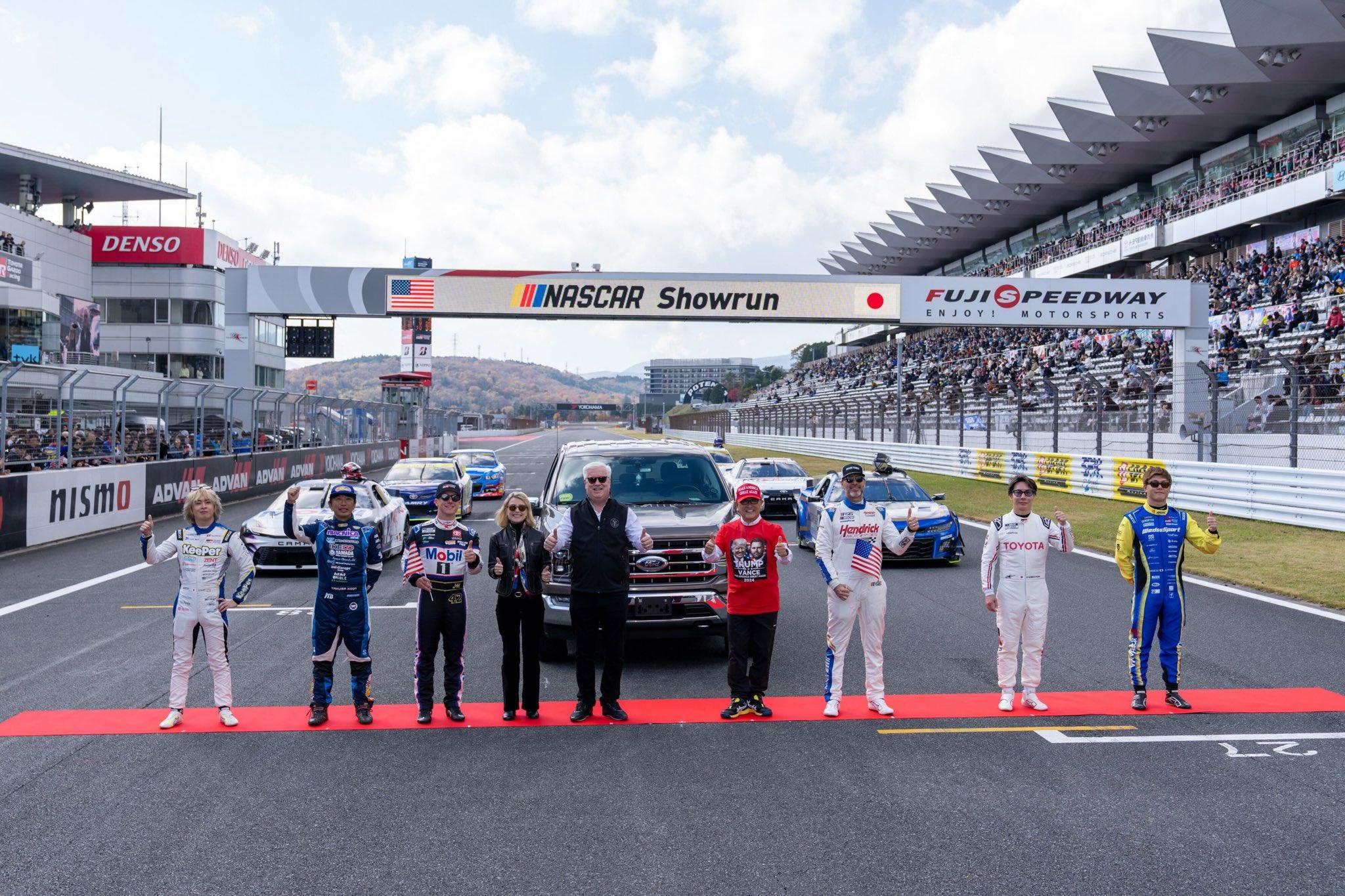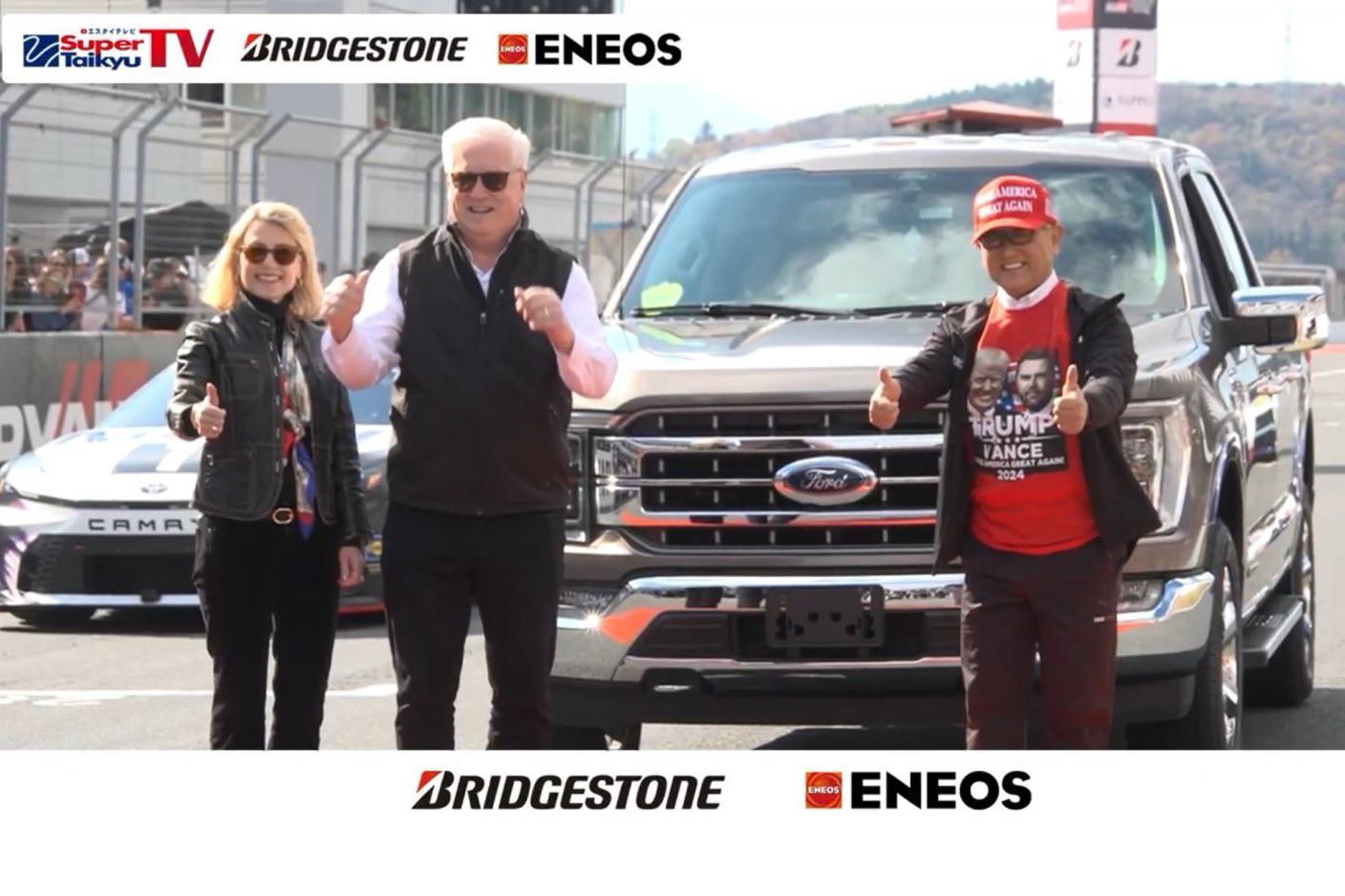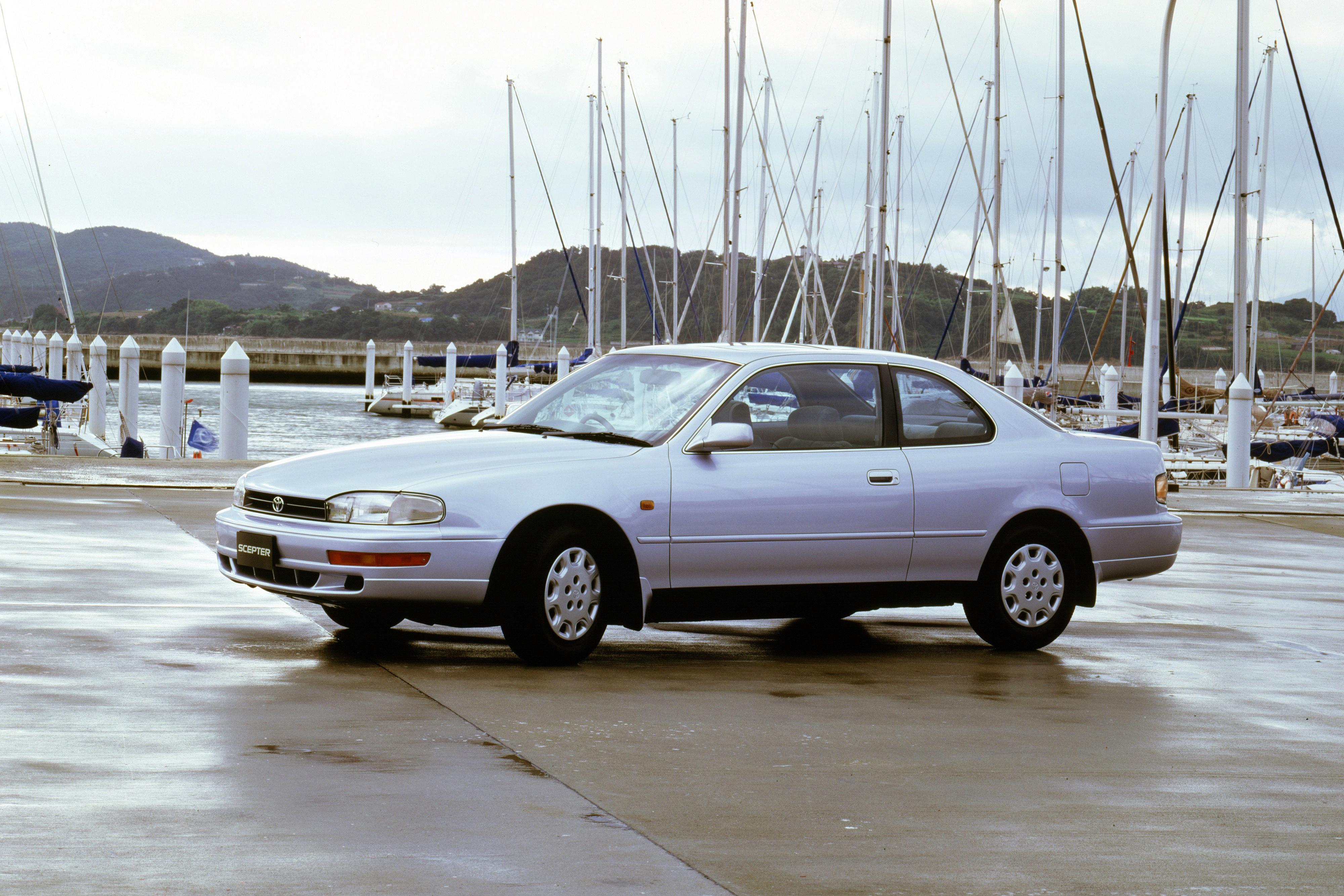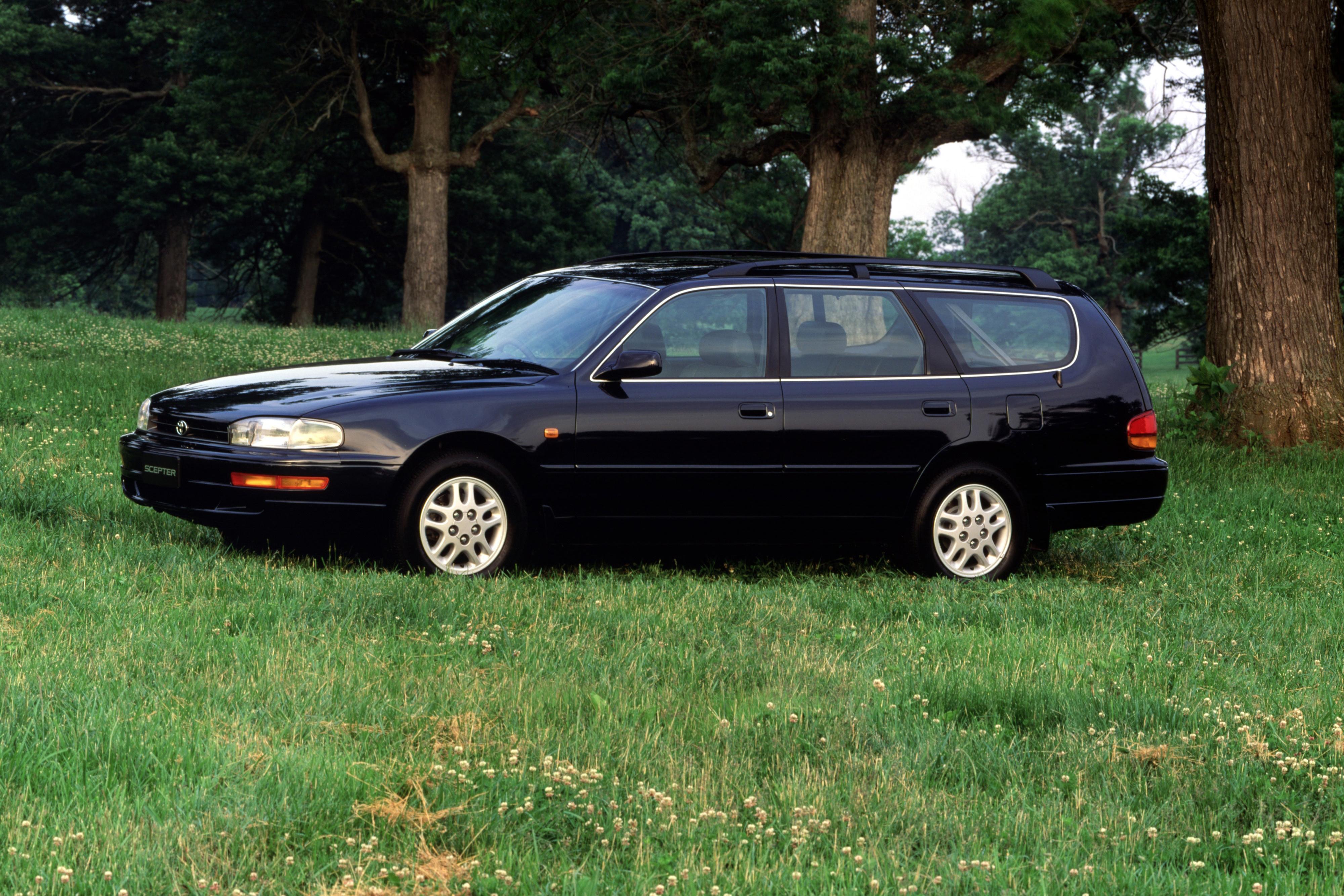Toyota’s chairman went on a charm offensive at an event attended by the US ambassador to Japan on the weekend, donning a Make America Great Again (MAGA) hat, as his company looks to placate the Trump administration with further US investment and exports to Japan.
Automotive News reports the event, hosted on November 16 by Toyota chairman Akio Toyoda at Fuji Speedway, was a spectacle of Americana with dozens of American flags and a barbeque-heavy menu – plus a clutch of US-built Toyotas and even Fords on display.
Toyoda-san took a Ford F-150 – not his own company’s rival Tundra – around the track with Ambassador George Glass ahead of a NASCAR demo drive. The Ambassador shared various images of the event on his X account.
Toyota brought out six NASCAR race cars and drivers Jimmie Johnson, John Hunter Nemechek and Kamui Kobayashi.
CarExpert can save you thousands on a new car. Click here to get a great deal.

Toyoda-san, who was also wearing a Trump-Vance 2024 election T-shirt, didn’t criticise the tariffs that many automakers have blamed for negatively impacting profitability.
“I’m not here to argue whether tariffs are good or bad. Every national leader wants to protect their own auto industry,” Toyoda-san said.
“We are exploring ways to make tariffs a winner for everyone. The people we want most to be winners are our customers.”
The Trump administration initially imposed a 27.5 per cent tariff on Japanese auto imports, before subsequently ratcheting this down to 15 per cent.

Toyota also subsequently announced a US$10 billion (A$15.4bn) investment in its US operations earlier this month, and officially opened its new battery manufacturing plant in North Carolina.
Last month, the Trump administration said Toyota was looking to export vehicles it builds in the US to its home market.
“[Toyota] plans to export its US-made vehicles to Japan and open its distribution platform in Japan to US automakers, as a result of Japan’s commitment to accept for sale in Japan US manufactured and US safety-certified vehicles without additional testing,” the statement said.
Toyota builds a raft of vehicles in the US, including the Corolla, Camry, Highlander (Kluger), Grand Highlander, Sienna, Tundra, and Sequoia.

The Georgetown, Kentucky plant that builds the Camry will reportedly have reserve capacity of 80,000-100,000 vehicles for export, and Toyota Motor Manufacturing Kentucky president Kerry Creech said it’s evaluating exporting the sedan to Japan.
Toyota recently discontinued the Camry in its home market, leaving a gap in its lineup between the Corolla and the Crown.
Mr Creech reportedly confirmed the plant doesn’t yet have orders to start making right-hand drive Camrys for export, but should these orders come through it can retool the lines in less than six months.
“It’s not difficult. It just takes a little more space,” he said of export production.


This would be far from the first time a Japanese automaker has exported US-built vehicles to its home market.
Honda was first, exporting coupe versions of its Accord from the US to Japan in the 1980s, and following this up with exports of the fifth-generation Accord wagon in the 1990s.
Mitsubishi also exported its US-built Eclipse coupe and convertible to Japan around the same time.
Toyota has not only exported US-built vehicles to Japan before, it has exported the Camry. The first ‘wide-body’ Camry – the XV10 – was exported in coupe and wagon guise to Japan as the Scepter.

Even stranger things have happened, like when Toyota sold the US-built Chevrolet Cavalier in Japan from 1996 to 2000 – again, an attempt to placate the US government, aided by General Motors with which the automaker had a partnership at the time.
At the time, the US government had accused Japan of having a closed auto market that its automakers couldn’t crack, while Japanese automakers like Toyota were enjoying phenomenal success in the US.
“Along with the vehicle itself, the Toyota Cavalier project brings a valued new impetus to Japanese-American industrial relations,” Toyota said at the time.
“As an import from the US, the car also contributes to the promotion of a more international market in Japan.”

